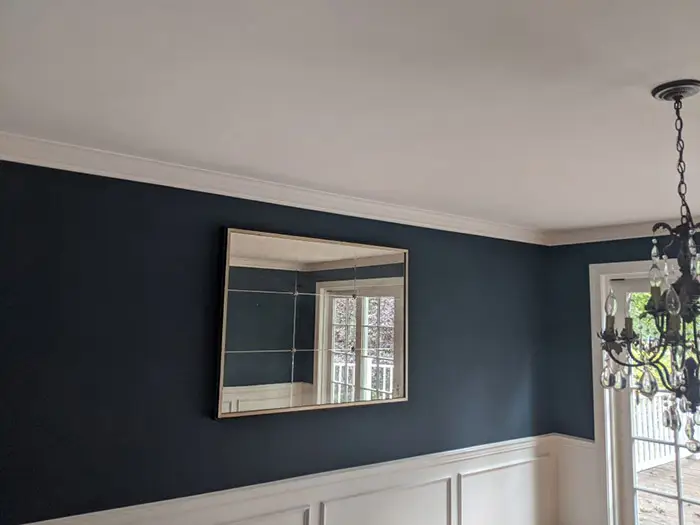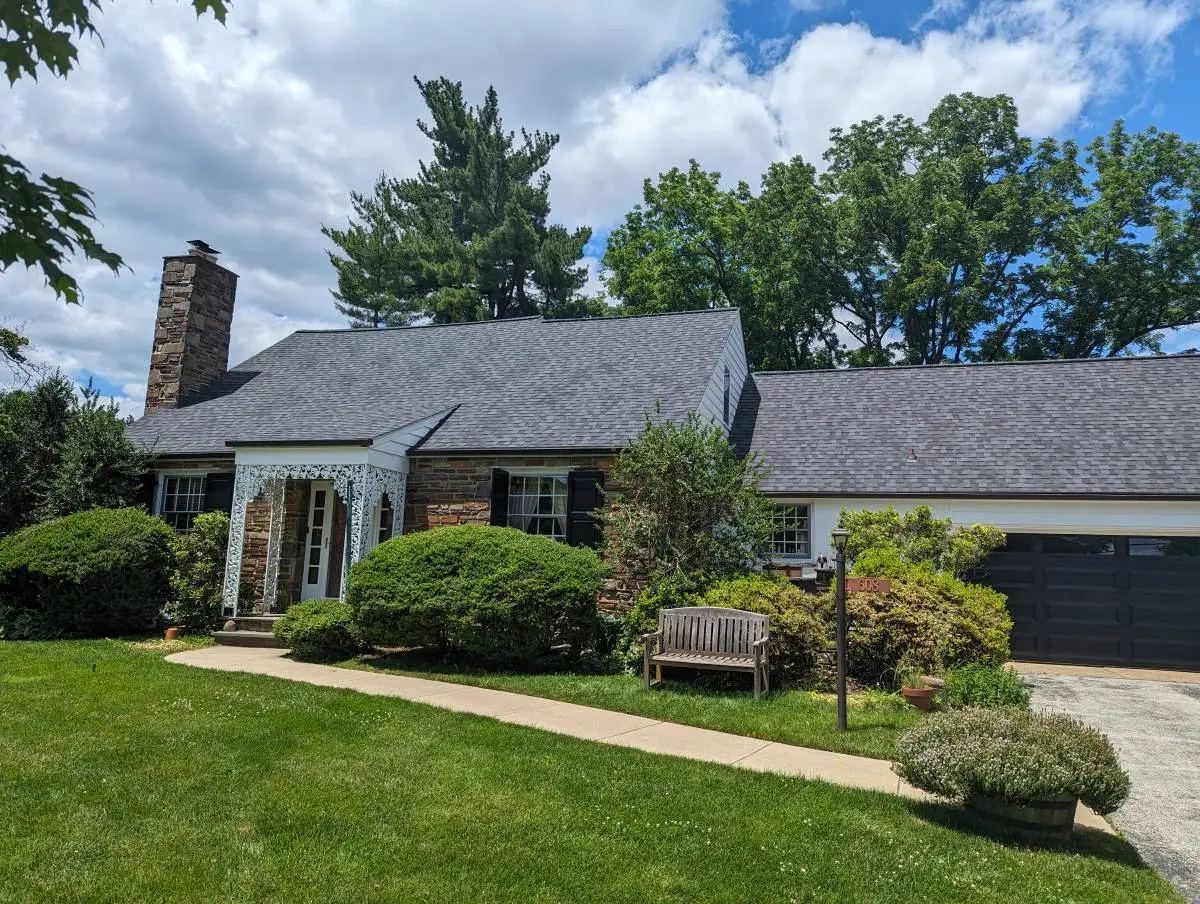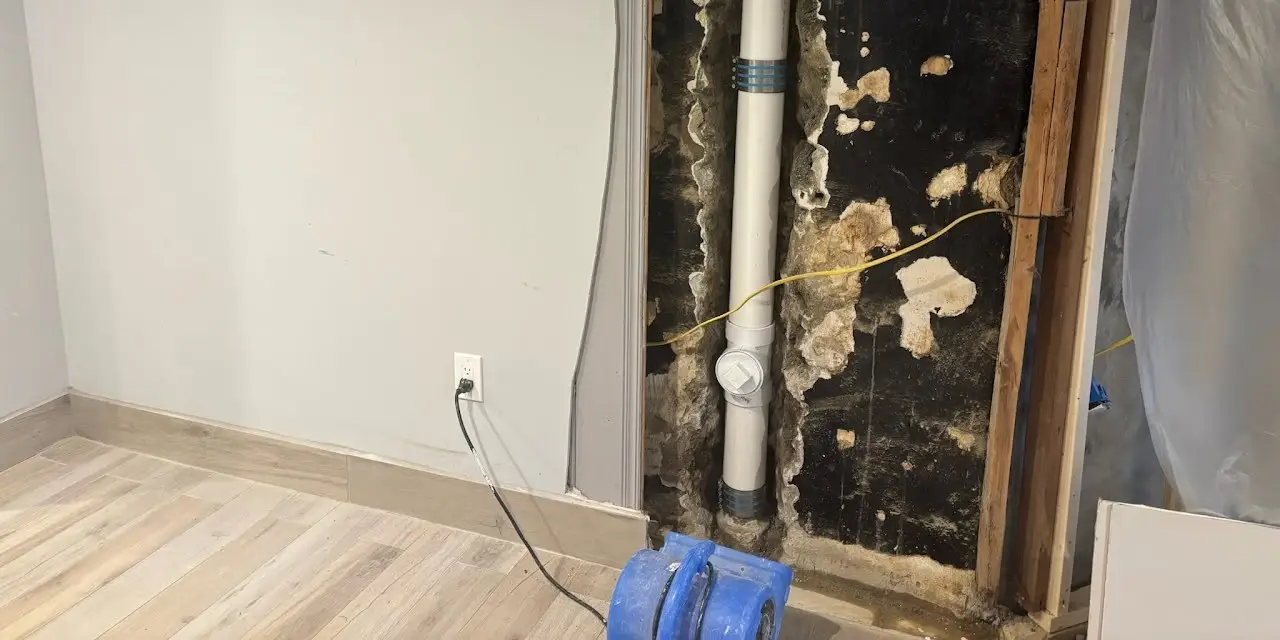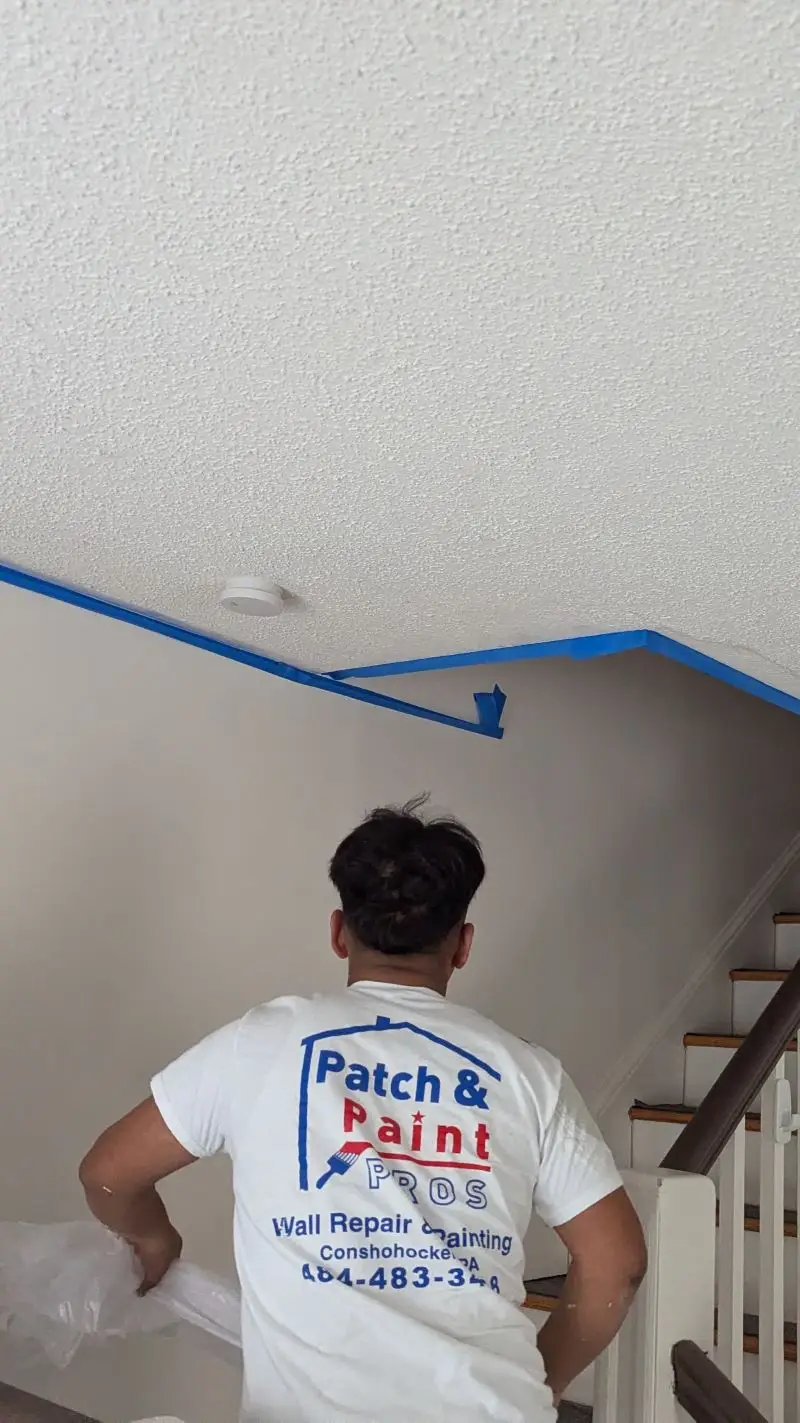In order to prevent extensive and expensive water damage repairs, it’s important to be able to spot the early warning signs. Sometimes, it can be difficult to identify water damage until it’s too late. However, with the right knowledge and preparation, you can be proactive in detecting water damage early on.
In this article, we’ll discuss some common indicators of water damage that homeowners can keep an eye out for, such as discolored walls and ceilings, peeling wallpaper or paint, and musty odors. By being vigilant and recognizing these symptoms, you can take action before the damage becomes severe.
Additionally, we’ll provide tips on how to prevent water damage from occurring in the first place, such as properly sealing windows and doors and regularly checking for leaks. By following these preventive measures, you can reduce the likelihood of needing costly water damage repair services down the line.
Common Signs Of Water Damage
Water damage can be a serious problem, and recognizing the signs of it early on is key to preventing further damage.
Common symptoms of water damage include:
- Discoloration or staining on walls and ceilings
- Bubbling paint or wallpaper
- Warped floors or buckling tiles
- Musty odors indicating mold growth
- Rusting metal fixtures like door frames or window sills
- Damp patches where water may have seeped through
Identifying water damage sooner rather than later will help you take steps to stop the issue from getting worse. Knowing what to look for isn’t enough though – detecting water leaks before they become an issue is also important in order to save time and money in the long run.
Detecting Water Leaks Early
Detecting water damage in your home can be tricky, but it’s crucial to identify it before it causes serious structural damage. Some warning signs include discolored walls or ceilings, buckling floors, and sagging roofs. However, not all water damage is immediately visible, and hidden water leaks can lead to even more severe damage.
To prevent hidden water damage, it’s essential to be aware of the signs of a water leak, such as increased water bills, low water pressure, and the sound of running water when no taps are turned on. If you suspect a leak, check for dampness around windowsills, door frames, and walls. Also, don’t forget to inspect under sinks and bathtubs for any standing water.
Remember that early detection and repair of water damage is key to preventing costly and extensive repairs in the future. If you suspect water damage or hidden water leaks, it’s best to hire a water damage service to assess and repair the issue promptly.
Additionally, inspect any hard-to-reach places such as attics or crawlspaces – even small amounts of moisture here could signal a bigger problem down the line. Moving forward, investigating water damage in hidden areas will help to ensure your home remains safe from costly repair bills and long-term issues caused by undetected leakage.
Investigating Water Damage In Hidden Areas
It’s important to check for water damage in any hidden areas of your home. This could include behind walls, under cabinets, and underneath carpets or furniture. Start by looking for signs like discoloration on the wall or flooring, peeling paint or wallpaper, and an unpleasant musty smell that won’t disappear.
If you find evidence of moisture, it’s essential to take steps immediately before the problem gets worse. It may be helpful to mark these spots so you can easily monitor them over time. Mold is one of the most common issues associated with water damage. You should look for visible growth as well as a stale odor coming from certain parts of the house.
Mold can cause serious health problems if left untreated and spreads quickly throughout your home if not contained properly—so act fast! Take pictures of anything you believe might indicate water damage; this will come in handy when talking to professionals about taking action against excess moisture.
Taking Action Against Excess Moisture
Let’s talk about identifying sources and controlling humidity when it comes to taking action against excess moisture. We’ll need to figure out what’s causing the problem and find ways to decrease the humidity in our homes.
Identifying Sources
Finding the source of excess moisture in your home can be an intimidating task, but it’s one that must be done. It could come from a leaky pipe or faucet, overflowing sink drains, faulty appliances like washing machines and dishwashers, or even bad plumbing connections.
If you find any wet spots on walls, floors, or other surfaces around the house, take the time to investigate further – check for water stains and discoloration which may indicate a more serious problem.
Taking action against excessive moisture before it gets worse is essential for protecting your property from costly water damage repairs. So don’t hesitate to get out there and start looking!
Controlling Humidity
Now that you’ve found the source of your excess moisture, it’s time to take action and control humidity levels. A humidifier can be used to regulate relative humidity throughout the house or in specific rooms as needed. Dehumidifiers are also a great way to reduce dampness and help improve indoor air quality.
It’s important to remember that controlling humidity isn’t just about comfort – it’s necessary for preventing mold growth, protecting furniture from warping, and reducing odors. Taking steps now will pay off when it comes to keeping your home safe and healthy!
Home Maintenance Tips To Avoid Water Damage
Home maintenance is essential if you want to avoid water damage in your home. Here are some tips that will help:
- Check for signs of leaking pipes periodically and, if found, address the issue promptly.
- Conduct routine inspections of your roof for missing shingles or material deterioration that can lead to leaks or water infiltration into your attic space.
- Make sure all gutter systems are clear of debris and properly draining.
- If possible, direct rainwater away from the foundation of your house with downspouts or awnings to prevent flooding and moisture buildup underneath the structure’s base.
Having an effective plan in place for maintaining the exterior of your home is key to avoiding costly water damage repairs caused by neglected upkeep over time. Knowing where potential trouble spots may be located ahead of time can save you money and stress later on down the road when it comes to keeping your property dry!
Conclusion
Water damage can be a costly and devastating problem. Knowing how to spot water damage in your home before it gets worse is key to avoiding expensive repairs and other issues down the line.
By being aware of common signs of water leaks, investigating hidden areas for moisture, taking action against excess moisture when needed, and following important maintenance tips, you can help ensure that any potential problems are caught early on.
With these simple steps, you’ll have peace of mind knowing you’re doing all you can to protect your home from the effects of water damage.





